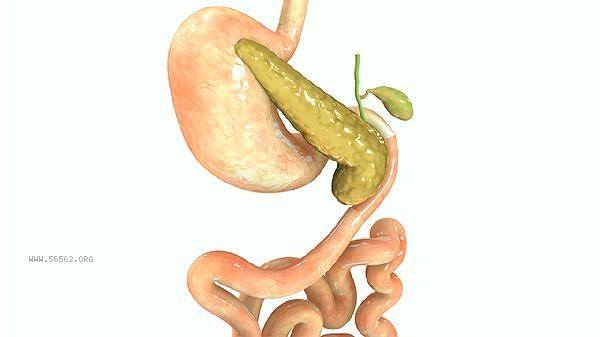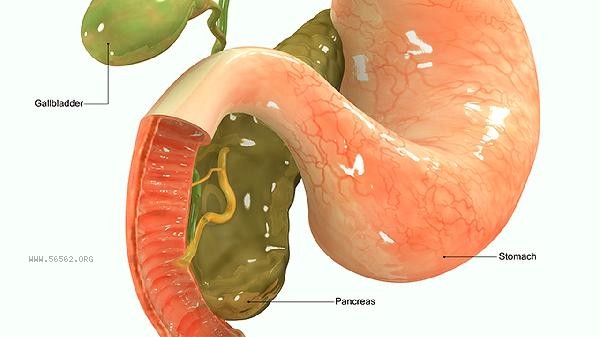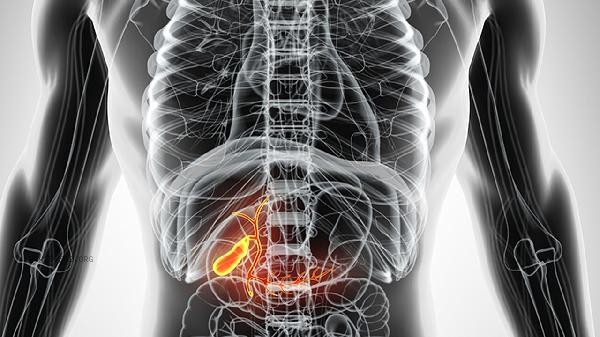Elevated total bile acids usually reflect abnormal liver and gallbladder system function, and the main influencing factors include liver disease, biliary obstruction, physiological changes during pregnancy, drug effects, and dietary factors.
1. Liver diseases:

Liver diseases such as hepatitis and cirrhosis can directly affect bile acid metabolism. When liver cells are damaged, the synthesis and excretion of bile acids decrease, leading to an increase in the concentration of bile acids in the blood. These patients often have symptoms such as jaundice and fatigue, and further diagnosis is required through liver function tests and imaging.
2. Biliary obstruction:
Biliary obstruction caused by gallstones, tumor compression, etc. can hinder the normal discharge of bile acids into the intestine. Cholestasis not only causes bile acid reflux into the bloodstream, but may also be accompanied by typical symptoms such as skin itching and clay colored stool. It is necessary to clarify the location of obstruction through ultrasound or MRCP examination.
3. Changes during pregnancy:

Hormonal changes in the middle and late stages of pregnancy can inhibit bile excretion, and about 20% of pregnant women may experience physiological increases in bile acids. This situation is mostly temporary, but in severe cases it may develop into intrahepatic cholestasis of pregnancy, requiring close monitoring of the fetal condition.
4. Drug effects:
Contraceptive pills, antibiotics, and other drugs may interfere with bile acid enterohepatic circulation. For example, estrogen drugs can reduce bile flow, and certain antibiotics may disrupt the balance of gut microbiota, indirectly affecting bile acid reabsorption. After discontinuation, many indicators can return to normal.
5. Dietary factors:
A high-fat diet can stimulate an increase in bile acid secretion, while long-term alcohol abuse may damage liver cell function. Eating a large amount of greasy food before the physical examination may cause a transient increase in bile acids. It is recommended to check the indicators again after fasting for 12 hours.

It was found that elevated bile acids should be comprehensively judged in conjunction with other liver function indicators. Maintain a low-fat diet in daily life and limit the intake of animal organs and fried foods; Moderate supplementation of liver protective ingredients such as silymarin; Avoid staying up late and overworking; Pregnant patients are advised to lie on the left side to improve liver blood flow. If there are persistent abnormalities or accompanied by symptoms such as skin and sclera jaundice, right upper abdominal pain, etc., timely ultrasound, CT and other examinations should be performed to rule out organic lesions in the biliary system.








Comments (0)
Leave a Comment
No comments yet
Be the first to share your thoughts!